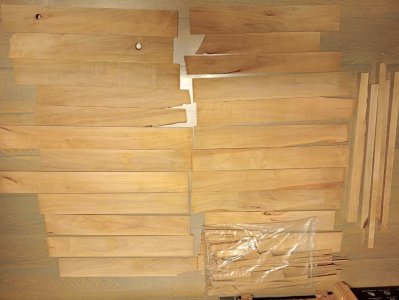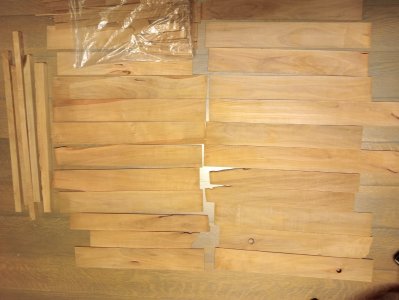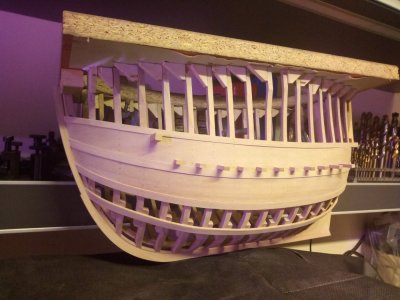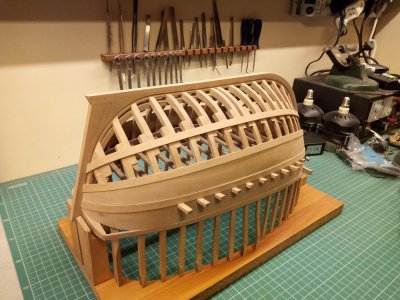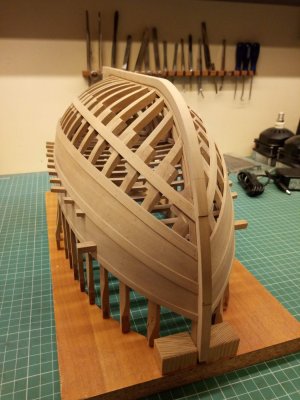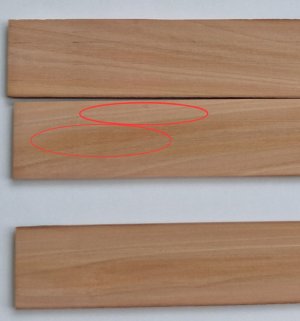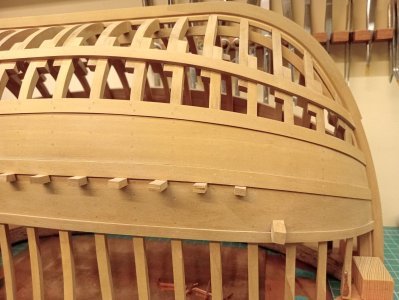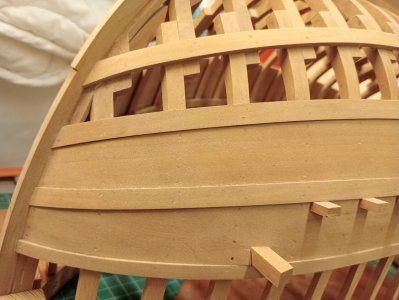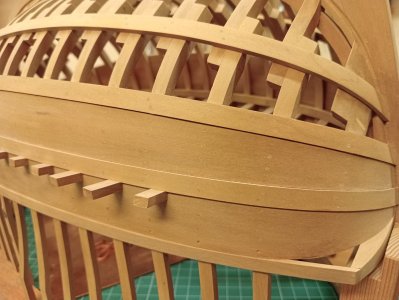Help find Pear Wood.
This is already a cry of the soul, and I hope for your help. In Ukraine, no one can or does not want to help. I've bought a tree a few times before, but each time it didn't fit. I already thought that I was crazy, but below I will show photos that have what I am looking for, and it is real, and not in my head.
What do I need...
There are a couple of shades of pear wood that I need.
Photo 1. On deck: a) pink pear (dark) and b) beige pear (not very light, which is closer to white, but not brown, but yellow-beige).
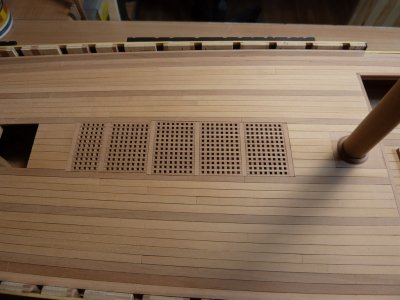
Photo 2. On the sides above and below the waterline, another shade of pear, but also looks like a beige pear.
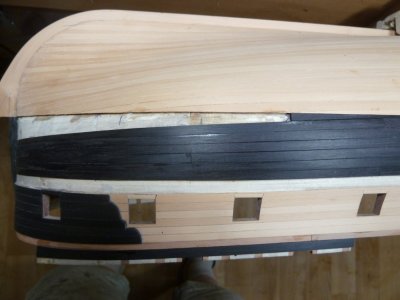
Photo 3. The photo below clearly shows the difference between the three shades of pear: dark (pink) pear, light (but not white) and beige (slightly darker than light). And you can see how the color is saturated after the oil.
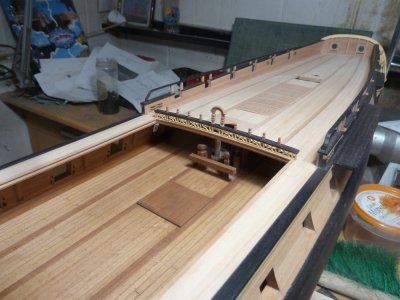
Photos 4 and 5. Well, the result after applying oil and tinting.
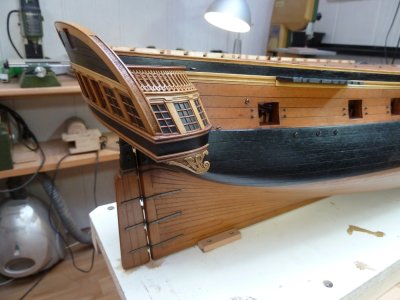
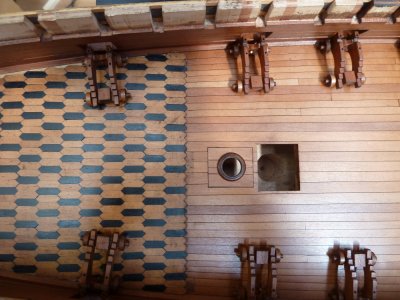
And now I will show you what kind of pear I have and what color it turns out after tests with oil.
I bought this pear and after grinding I saw its banding.
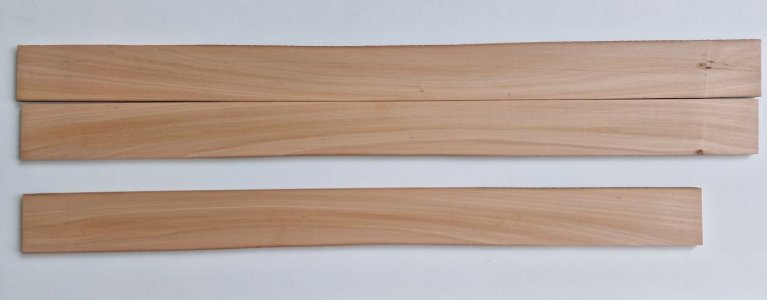
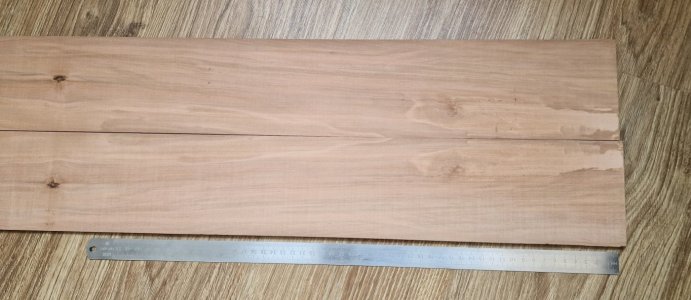
And after cutting it into slats, these color transitions turned out.
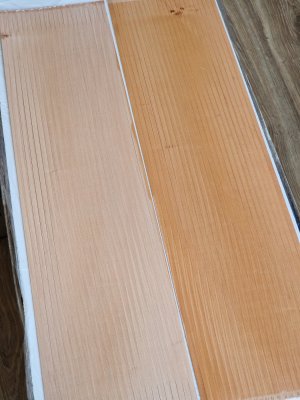
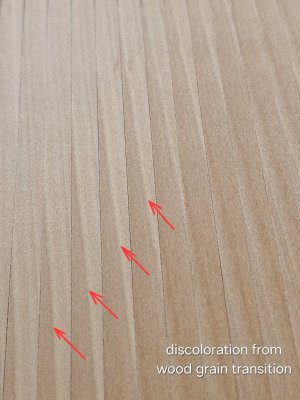
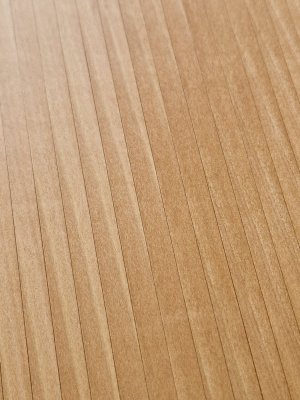
And the wood is all like that. I specially developed it with oil after grinding, since for my cutter you need ready-made rails, as they overlap. And this result definitely does not suit me...
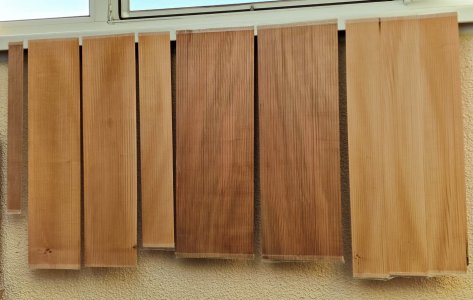
I understand that the tree is not plastic and has a structure, but these diagonal color transitions are very noticeable and sheathing is not an option, or even worse - mixed in when the rails are different from each other. The color may vary slightly, but if it is so different and even through diagonal stripes it will be very visible and this is definitely a marriage!
One way out is the most uniform workpiece, in which the fibers run parallel to the wave and there is no significant color difference between the layers.
Kind people, help me find such wood as in the top photos of the references, where the wood is homogeneous and without these diagonal transitions.
This is already a cry of the soul, and I hope for your help. In Ukraine, no one can or does not want to help. I've bought a tree a few times before, but each time it didn't fit. I already thought that I was crazy, but below I will show photos that have what I am looking for, and it is real, and not in my head.
What do I need...
There are a couple of shades of pear wood that I need.
Photo 1. On deck: a) pink pear (dark) and b) beige pear (not very light, which is closer to white, but not brown, but yellow-beige).

Photo 2. On the sides above and below the waterline, another shade of pear, but also looks like a beige pear.

Photo 3. The photo below clearly shows the difference between the three shades of pear: dark (pink) pear, light (but not white) and beige (slightly darker than light). And you can see how the color is saturated after the oil.

Photos 4 and 5. Well, the result after applying oil and tinting.


And now I will show you what kind of pear I have and what color it turns out after tests with oil.
I bought this pear and after grinding I saw its banding.


And after cutting it into slats, these color transitions turned out.



And the wood is all like that. I specially developed it with oil after grinding, since for my cutter you need ready-made rails, as they overlap. And this result definitely does not suit me...

I understand that the tree is not plastic and has a structure, but these diagonal color transitions are very noticeable and sheathing is not an option, or even worse - mixed in when the rails are different from each other. The color may vary slightly, but if it is so different and even through diagonal stripes it will be very visible and this is definitely a marriage!
One way out is the most uniform workpiece, in which the fibers run parallel to the wave and there is no significant color difference between the layers.
Kind people, help me find such wood as in the top photos of the references, where the wood is homogeneous and without these diagonal transitions.








